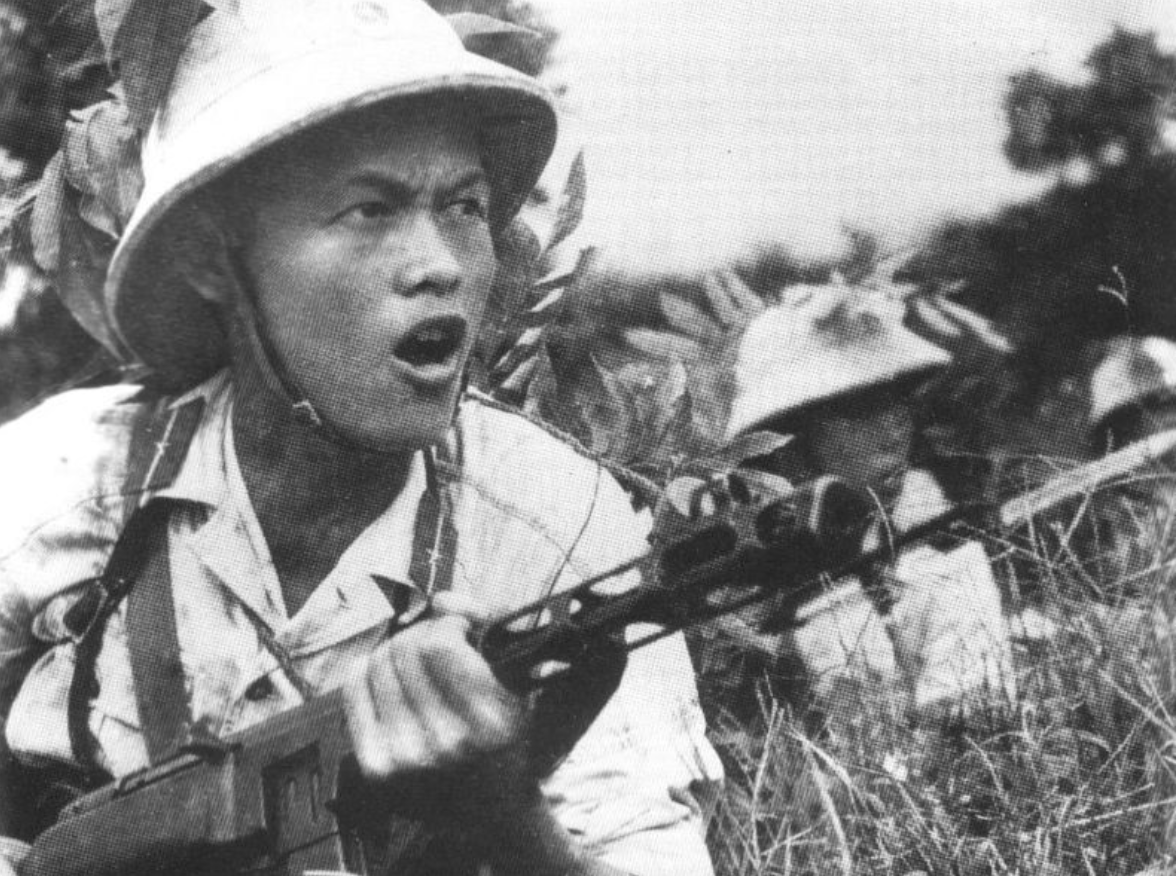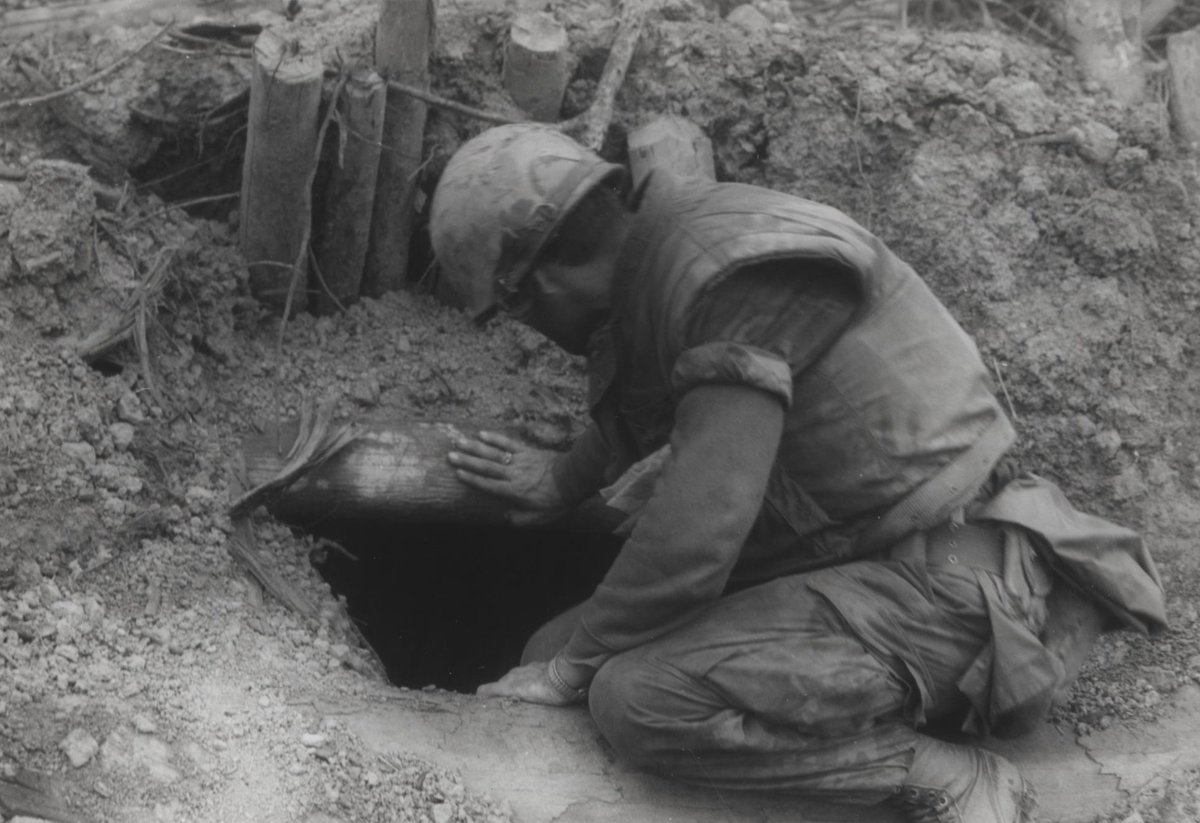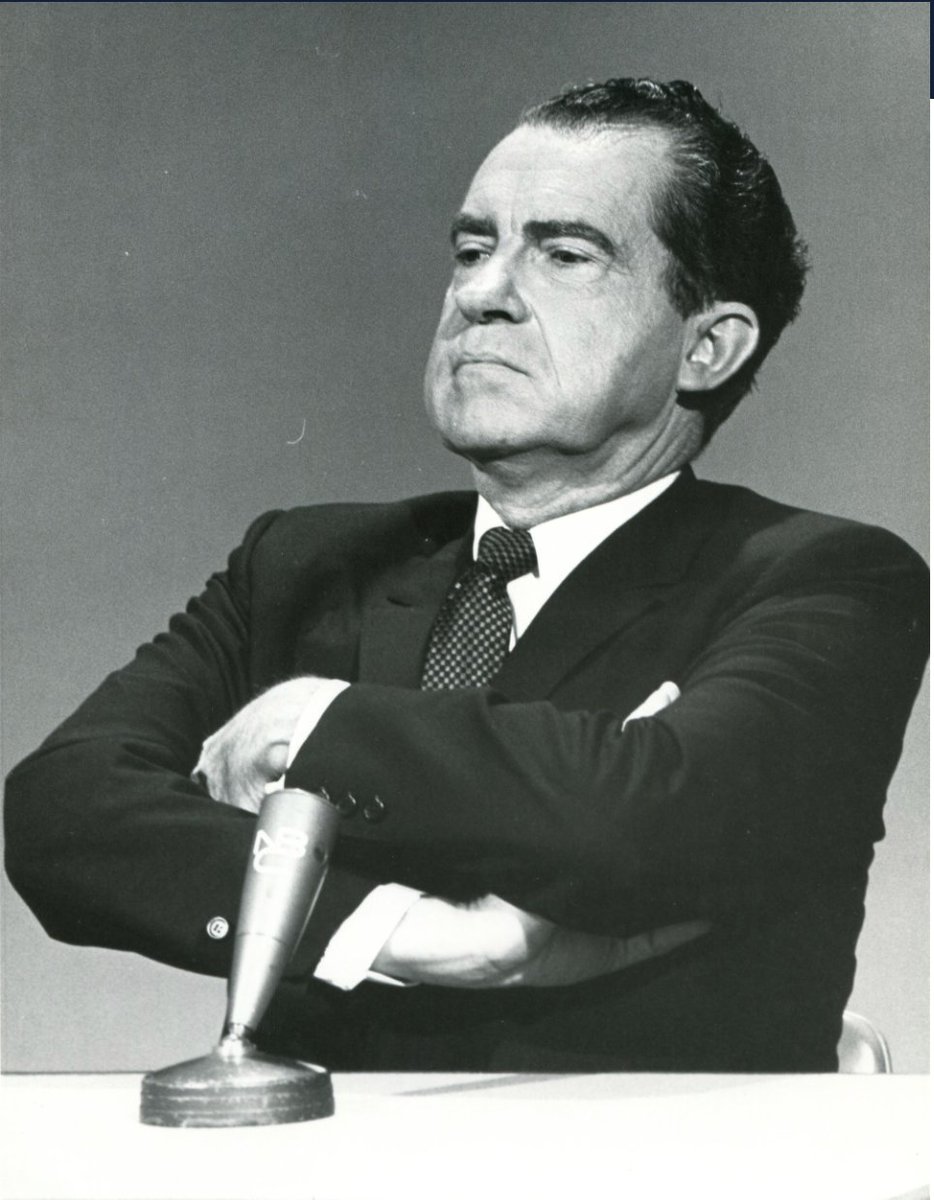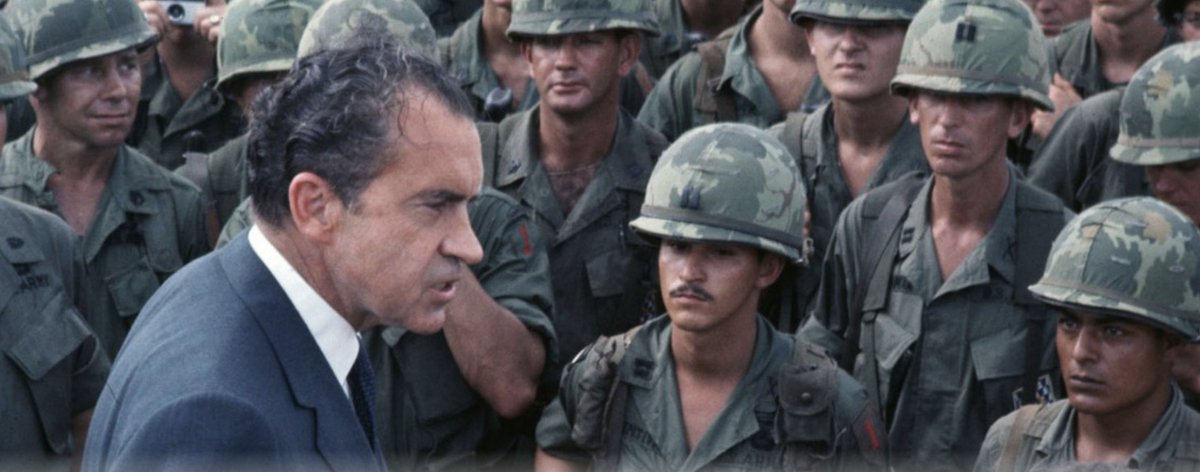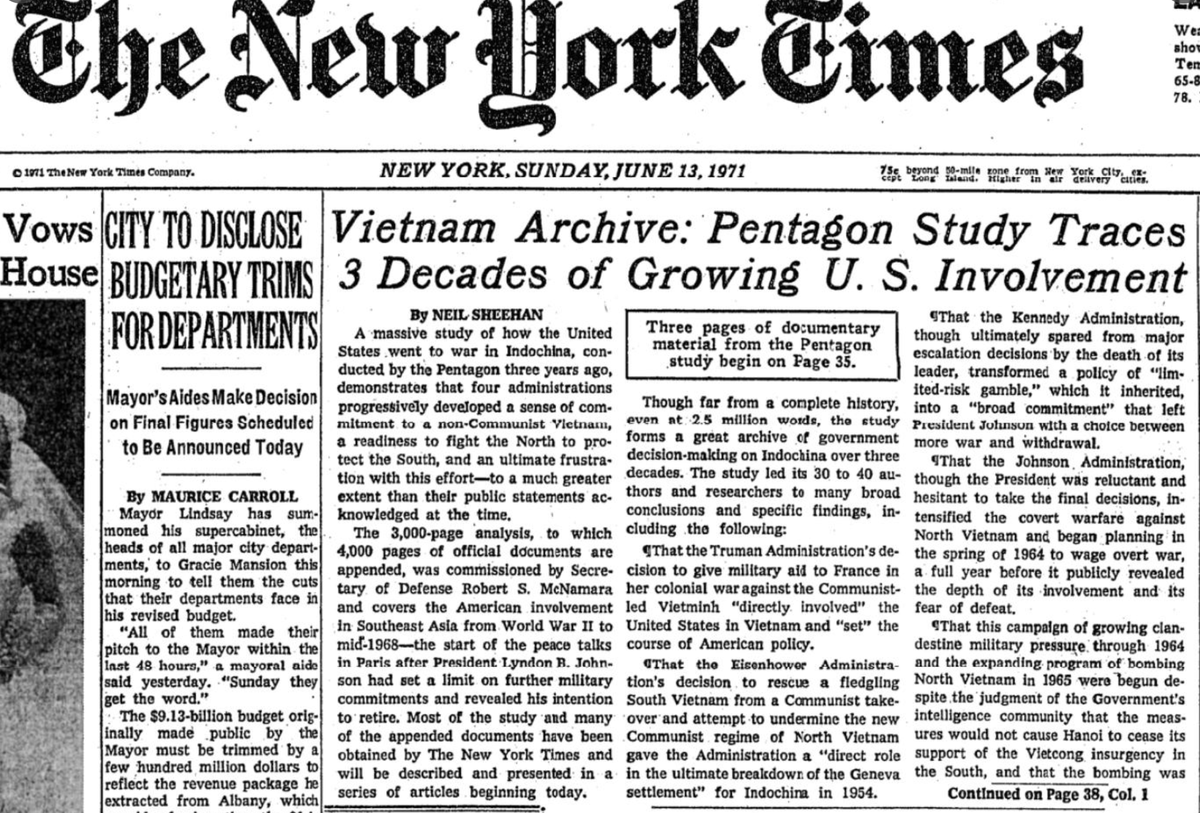1 of XVIII: The Vietnam conflict wore many faces. One was the big battle (Hamburger Hill, Long Khanh, Khe Shan, etc.) amidst a campaign aimed at winning over the South Vietnamese people at the village and hamlet level.
2 of XVIII: While WWII was, in part, a collection of big battles, most of the Vietnam war was a daily attrition campaign marked by small engagements.
3 of XVIIII: Many accounts of that war overstate the impact of the fighting in the Au Sau Valley to the broader campaign.
4 of XVIII: The big battles such as Hamburger Hill, however, are relevant to our understanding of that war.
5 of XVIII: Generals Westmoreland and Abrams recognized that the South could not be pacified or stabilized as long as main force North Vietnamese units continued to fight in the South.
6 of XVIII: Thus, big battles in which the North Vietnamese troops were forced to fight were important.
7 of XVIII: By now, hopefully you’re seeing that the Ap Bia Mountain battle ran afoul of a fundamental warfighting principle.
8 of XVIII: Almost 150 years before @TheRakkasans climbed Hill 937, Prussian military theorist Carl von Clausewitz emphasized that war is controlled by its political object. See Uncle Carl’s quote on this. [In this case, the war& #39;s political object was a free & independent South]
9 of XVIII: The expenditure of effort at Hamburger Hill exceeded the value the American people attached to a free & independent South Vietnam in 1969. Remember, much of the public turned against the war in early 1968 during and after the Tet Offensive.
10 of XVIII: There were good reasons for the operation on Dong Ap Bia and we’ve outlined all of them here over the past few days (the biggest reason: the linkage of the Au Shau Valley to Laos & the Ho Chi Minh trail). [image c/o of @erikhistorian]
11 of XVIII: A stable South probably could not be realized w/o US and ARVN forces taking Au Shau Valley from the North. Some historians argue that the area was likely to serve as a jumping off point for another Northern offensive.
[image c/o of @erikhistorian]
[image c/o of @erikhistorian]
12 of XVIII: Remember, the North Vietnamese regulars had used the valley for years as a marshaling area, logistics depot and jumping-off place for attacks against Hue, Danang and the coastal towns and villages of South Vietnam.
13 of XVIII: Early on in the fighting, the @101stAASLTDIV found evidence of a sophisticated communications system & a network of bunkers. They also found documents indicating that the 29th PAVN Regiment& #39;s command and control center was on the hill.
14 of XVIII: Given all of this context, @USArmy leaders can hardly be faulted for investing in the hill.
The subsequent criticism leveled at the command may be overstated. So, too, may be the importance we place on Hamburger Hill in shaping President Nixon& #39;s decisions.
The subsequent criticism leveled at the command may be overstated. So, too, may be the importance we place on Hamburger Hill in shaping President Nixon& #39;s decisions.
15 of XVIII: The claim that intense public reaction to Hamburger Hill forced Nixon to end of major tactical ground operations exaggerated. Pressure was building on Nixon to end the war since he took office in Jan. 1969. Also, Tet was much more damaging to US support for the war.
16 of XVIII: That pressure gained strength almost 2 years after Hamburger Hill with the @NYTimes’ publication of front-page articles on the Pentagon Papers in January 1971.
17 of XVIII: We should not overstate Hamburger Hill’s significance in forcing an end to US support for the war. After all, American troops remained in Vietnam for almost 4 years after abandoning the hill.

 Read on Twitter
Read on Twitter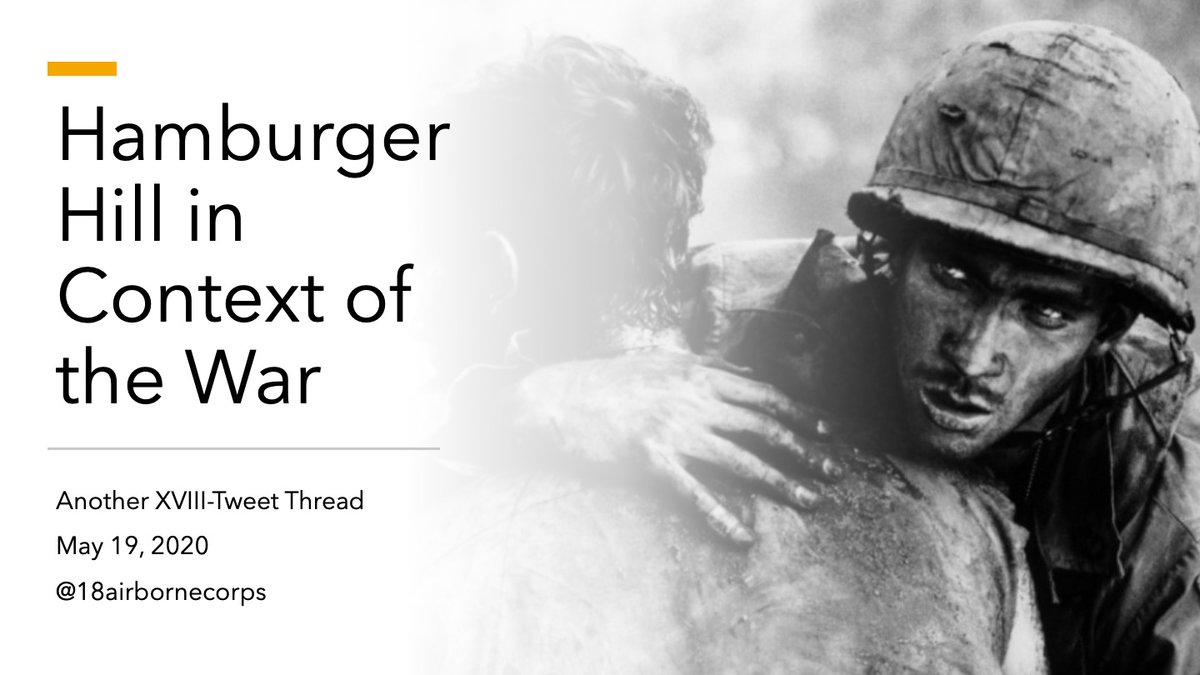
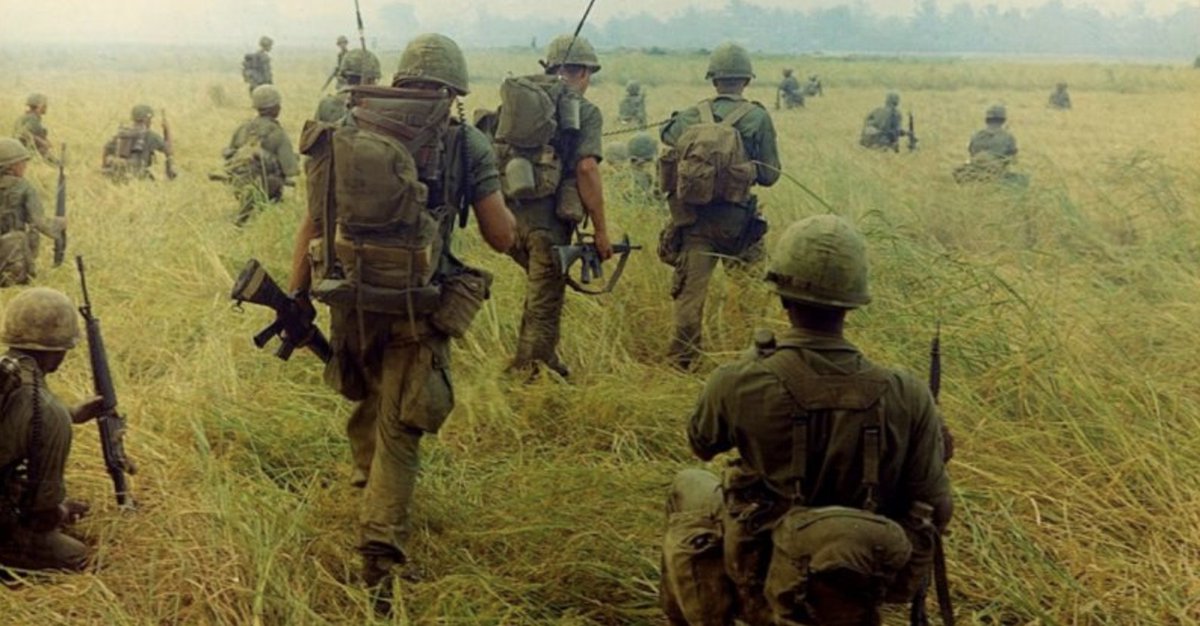
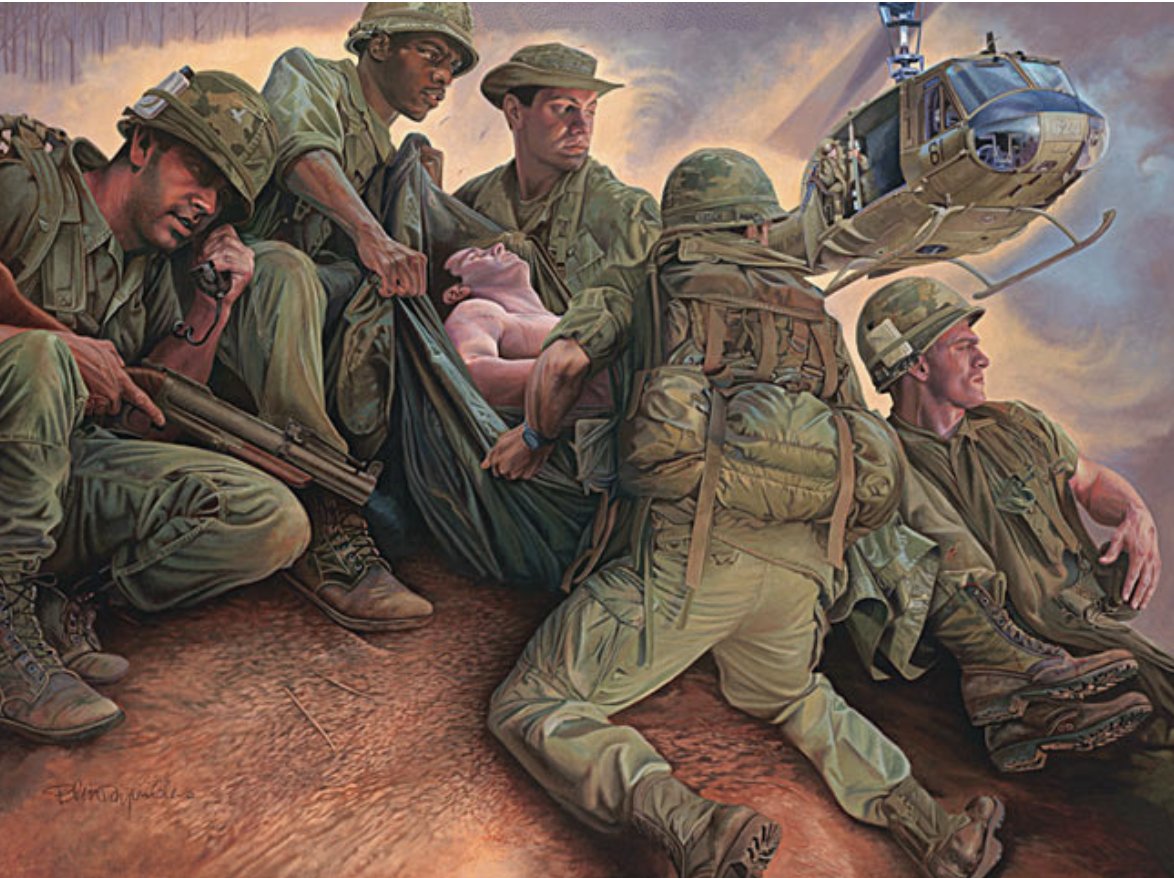
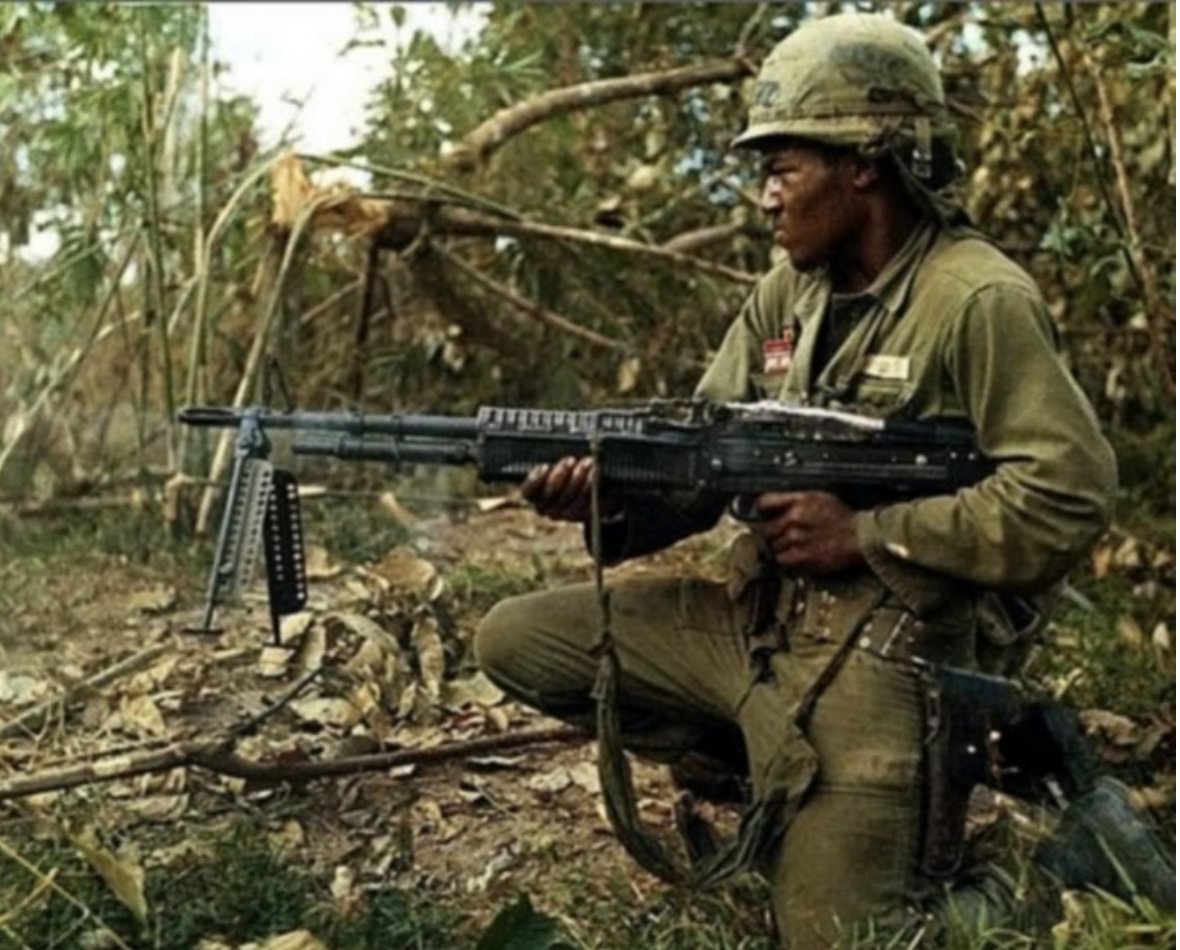
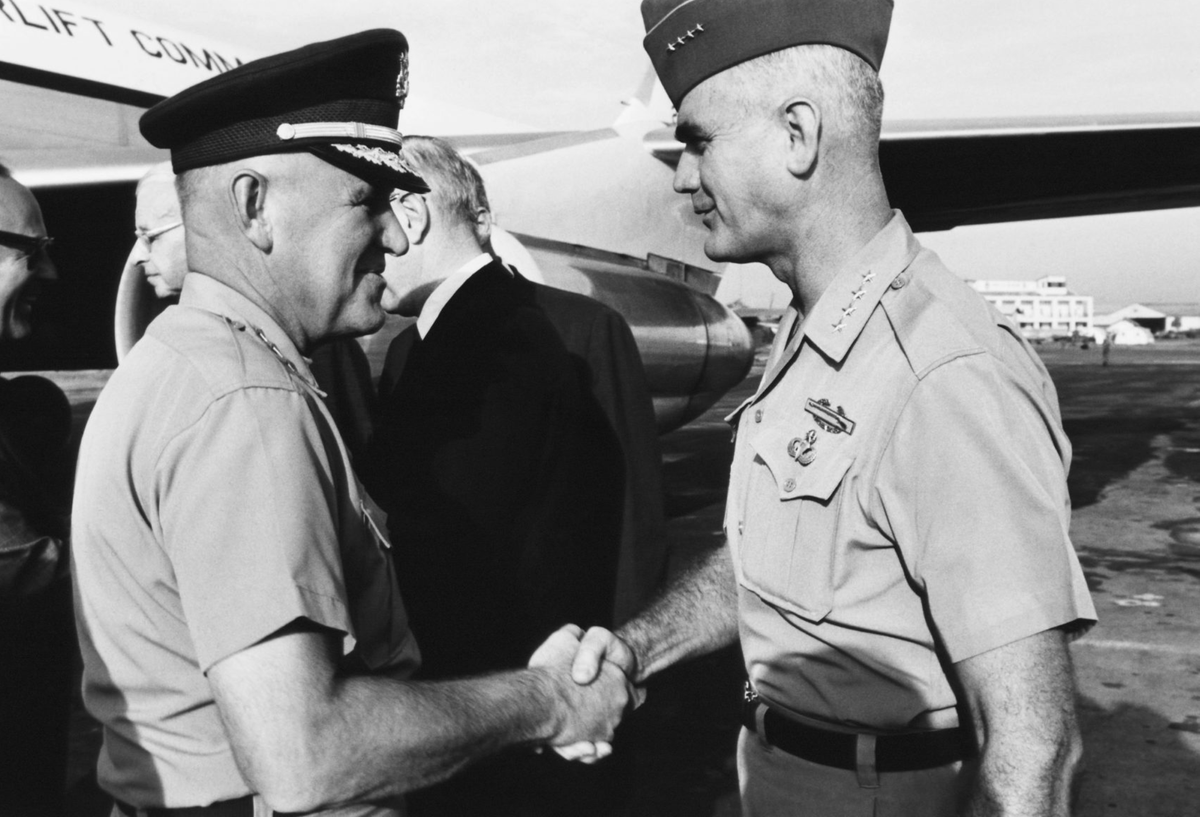
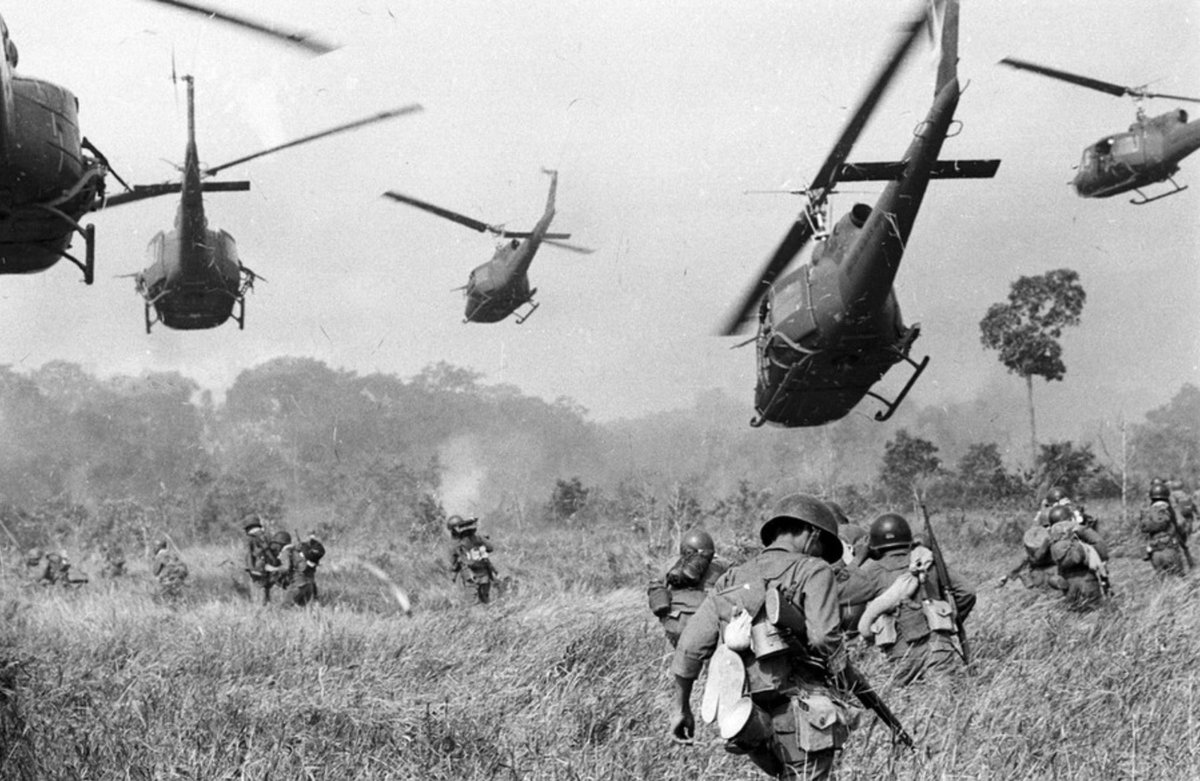

![8 of XVIII: Almost 150 years before @TheRakkasans climbed Hill 937, Prussian military theorist Carl von Clausewitz emphasized that war is controlled by its political object. See Uncle Carl’s quote on this. [In this case, the war& #39;s political object was a free & independent South] 8 of XVIII: Almost 150 years before @TheRakkasans climbed Hill 937, Prussian military theorist Carl von Clausewitz emphasized that war is controlled by its political object. See Uncle Carl’s quote on this. [In this case, the war& #39;s political object was a free & independent South]](https://pbs.twimg.com/media/EYZHAuyXkAAjoN2.jpg)
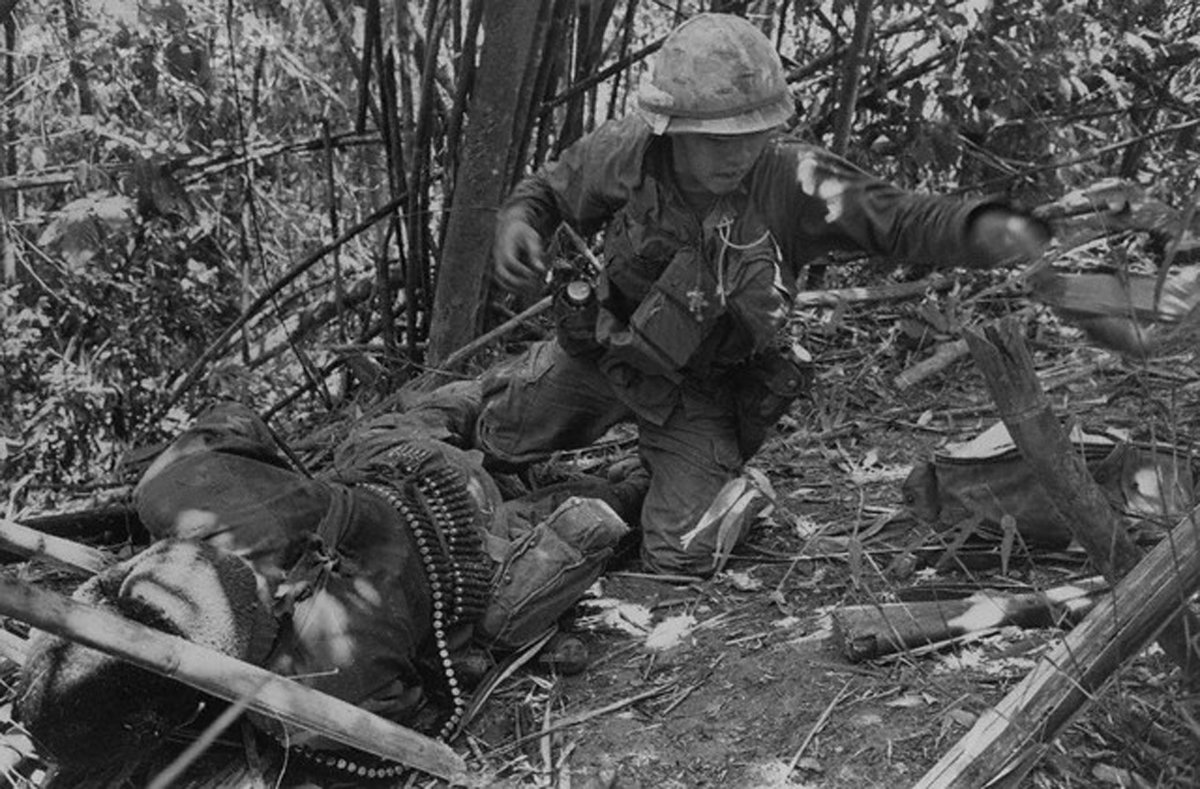
![10 of XVIII: There were good reasons for the operation on Dong Ap Bia and we’ve outlined all of them here over the past few days (the biggest reason: the linkage of the Au Shau Valley to Laos & the Ho Chi Minh trail). [image c/o of @erikhistorian] 10 of XVIII: There were good reasons for the operation on Dong Ap Bia and we’ve outlined all of them here over the past few days (the biggest reason: the linkage of the Au Shau Valley to Laos & the Ho Chi Minh trail). [image c/o of @erikhistorian]](https://pbs.twimg.com/media/EYZHQZWXkAIbmDQ.jpg)
![11 of XVIII: A stable South probably could not be realized w/o US and ARVN forces taking Au Shau Valley from the North. Some historians argue that the area was likely to serve as a jumping off point for another Northern offensive.[image c/o of @erikhistorian] 11 of XVIII: A stable South probably could not be realized w/o US and ARVN forces taking Au Shau Valley from the North. Some historians argue that the area was likely to serve as a jumping off point for another Northern offensive.[image c/o of @erikhistorian]](https://pbs.twimg.com/media/EYZHjBWWoAE6Qyu.jpg)
